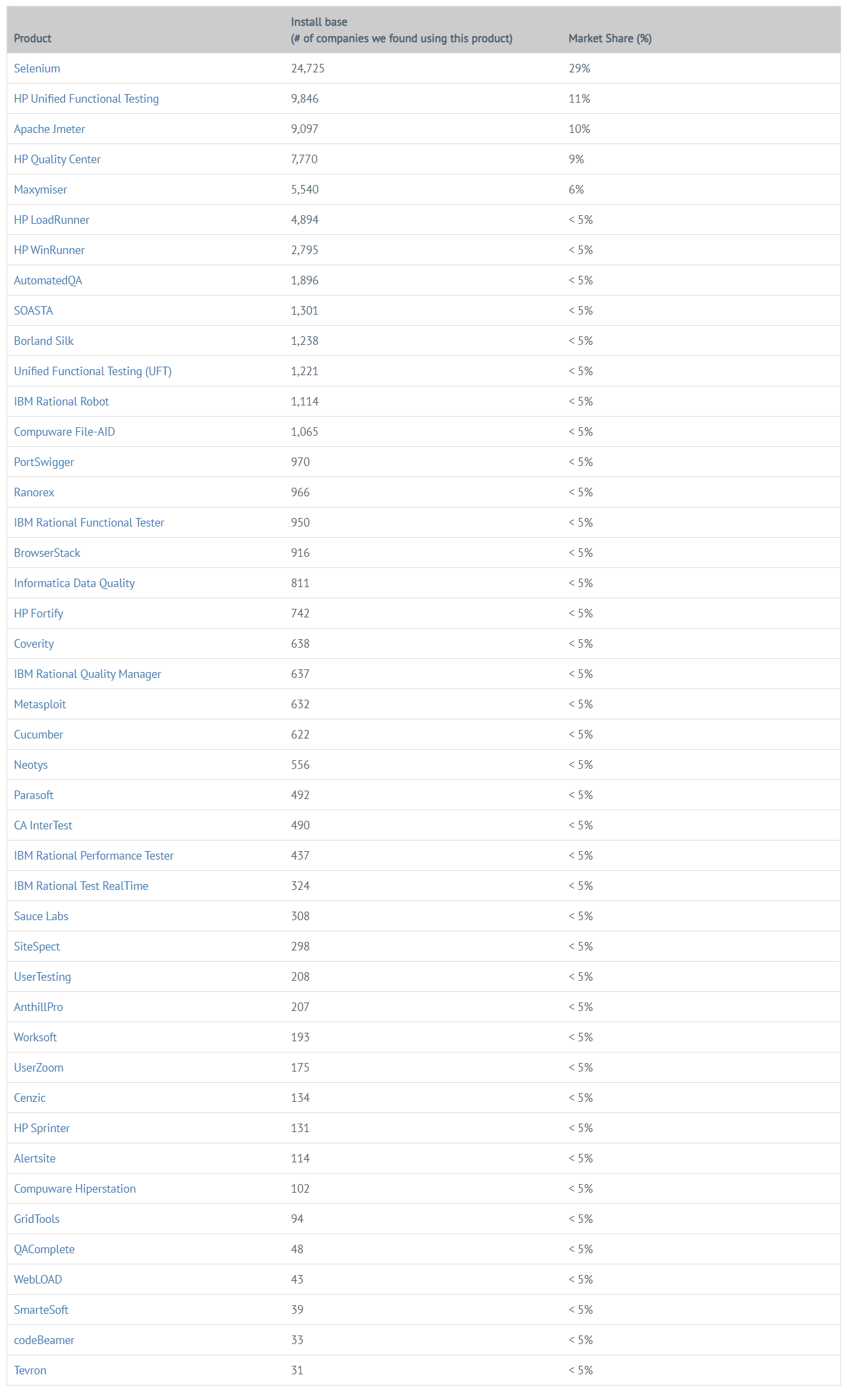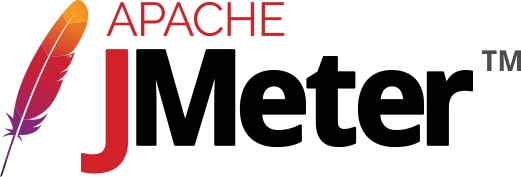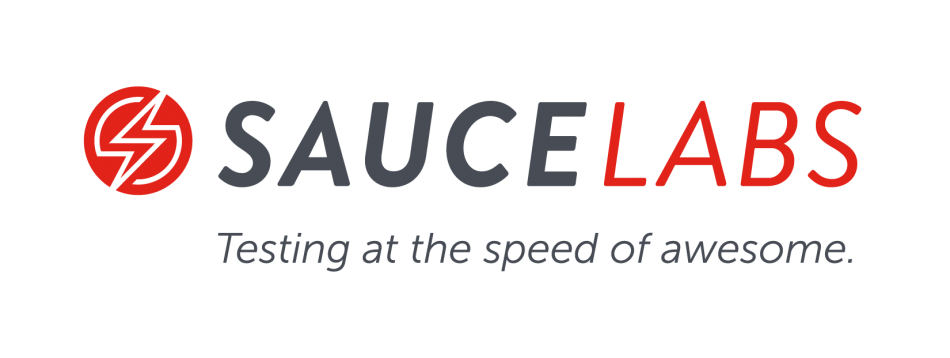Market share for competitors
Considering the large number of competitors we can conclude that launching on the market will be difficult, but we are confident that our feature choices will convince a consistent number of people to choose our product.
We used: BizBuySell & BizQuest to check which to determine how much businesses are selling for in our industry.


